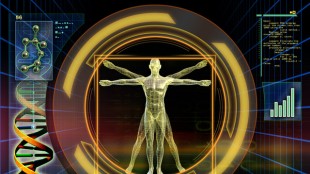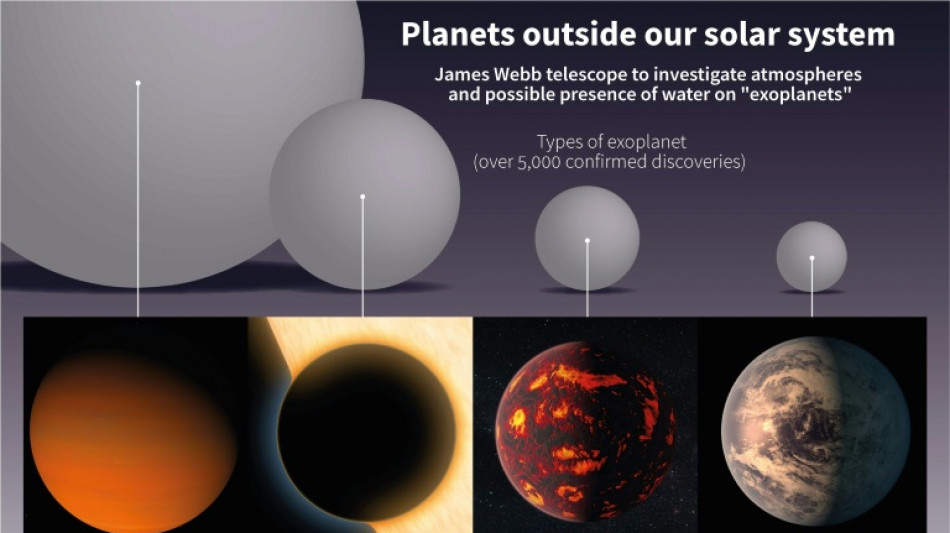
-
 Simbine wins 100m in photo finish thriller as Duplantis dominates
Simbine wins 100m in photo finish thriller as Duplantis dominates
-
Atletico held at Alaves in dry Liga draw

-
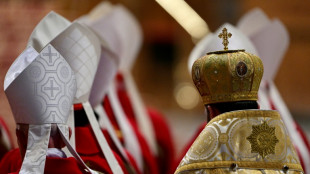 Cardinals meet ahead of vote for new pope
Cardinals meet ahead of vote for new pope
-
Snooker star Zhao: from ban to cusp of Chinese sporting history

-
 Tielemans keeps Villa in chase for Champions League place
Tielemans keeps Villa in chase for Champions League place
-
Anthony Albanese: Australia's dog-loving, Tory fighting PM
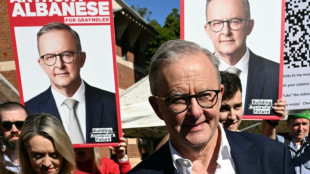
-
 Trump may have aided Australian PM's election victory: analysts
Trump may have aided Australian PM's election victory: analysts
-
Right-leaning Australian opposition leader loses election, and seat
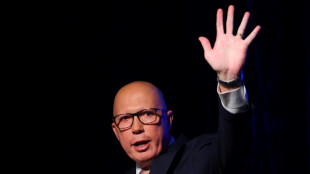
-
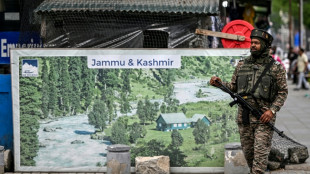 India blocks Pakistani celebrities on social media
India blocks Pakistani celebrities on social media
-
Ancelotti says he will reveal future plans at end of season

-
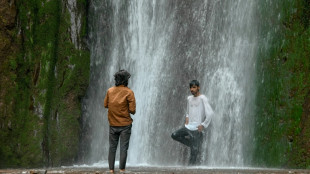 India-Pakistan tensions hit tourism in Kashmiri valley
India-Pakistan tensions hit tourism in Kashmiri valley
-
Bangladesh Islamists rally in show of force
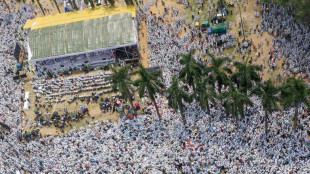
-
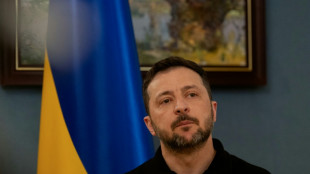 Zelensky says won't play Putin's 'games' with short truce
Zelensky says won't play Putin's 'games' with short truce
-
Cardinals meet ahead of papal election
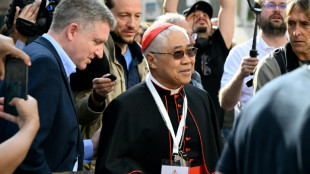
-
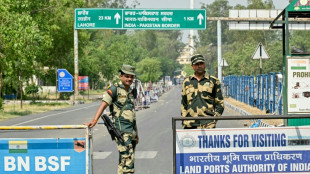 Pakistan tests missile weapons system amid India standoff
Pakistan tests missile weapons system amid India standoff
-
France charges 21 prison attack suspects
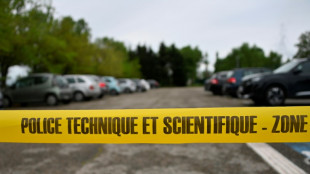
-
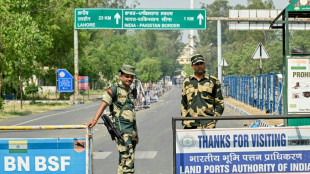 Pakistan military says conducts training launch of missile
Pakistan military says conducts training launch of missile
-
Lives on hold in India's border villages with Pakistan
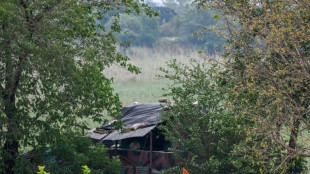
-
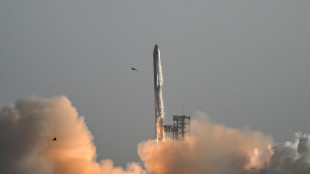 Musk's dreams for Starbase city in Texas hang on vote
Musk's dreams for Starbase city in Texas hang on vote
-
Rockets down Warriors to stay alive in NBA playoffs

-
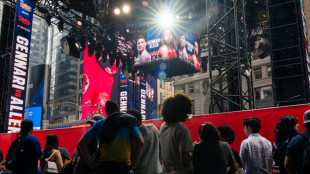 Garcia beaten by Romero in return from doping ban
Garcia beaten by Romero in return from doping ban
-
Inflation, hotel prices curtail Japanese 'Golden Week' travels

-
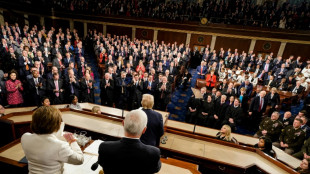 Trump's next 100 days: Now comes the hard part
Trump's next 100 days: Now comes the hard part
-
Mexican mega-port confronts Trump's tariff storm
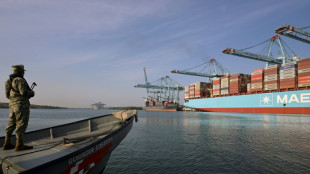
-
 Trump's tariffs bite at quiet US ports
Trump's tariffs bite at quiet US ports
-
Ryu stretches lead at LPGA Black Desert Championship

-
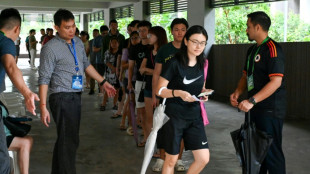 Singapore votes with new PM seeking strong mandate amid tariff turmoil
Singapore votes with new PM seeking strong mandate amid tariff turmoil
-
Five things to know about the Australian election
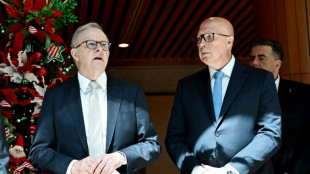
-
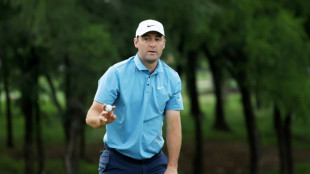 Scheffler fires 63 despite long delay to lead CJ Cup Byron Nelson
Scheffler fires 63 despite long delay to lead CJ Cup Byron Nelson
-
Still Owe the IRS? Clear Start Tax Breaks Down How the Fresh Start Program Can Help You Settle for Less
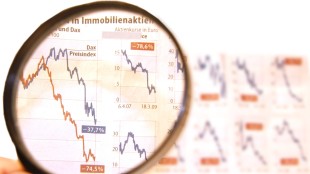
-
 GISEC Global 2025: Dubai Mobilises Global Cyber Defence Leaders to Combat AI-Driven Cybercrime and Ransomware
GISEC Global 2025: Dubai Mobilises Global Cyber Defence Leaders to Combat AI-Driven Cybercrime and Ransomware
-
Israel launches new Syria strikes amid Druze tensions
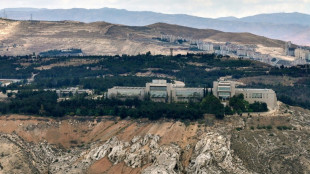
-
 Finke grabs 400m medley victory over world record-holder Marchand
Finke grabs 400m medley victory over world record-holder Marchand
-
Apple eases App Store rules under court pressure
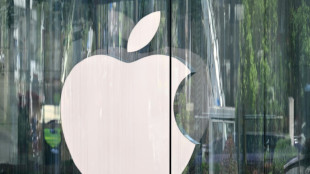
-
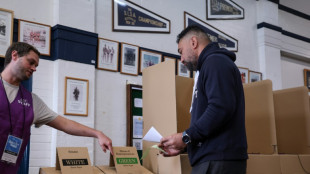 Polls open in Australian vote swayed by inflation, Trump
Polls open in Australian vote swayed by inflation, Trump
-
Russell clocks second fastest 100m hurdles in history at Miami meeting

-
 Germany move against far-right AfD sets off US quarrel
Germany move against far-right AfD sets off US quarrel
-
Billionaire-owned Paris FC win promotion and prepare to take on PSG
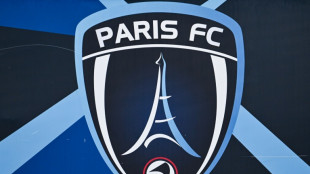
-
 Teenager Antonelli grabs pole for Miami sprint race
Teenager Antonelli grabs pole for Miami sprint race
-
Man City climb to third as De Bruyne sinks Wolves

-
 Mercedes' Wolff backs Hamilton to come good with Ferrari
Mercedes' Wolff backs Hamilton to come good with Ferrari
-
'Devastated' Prince Harry says no UK return but seeks reconciliation
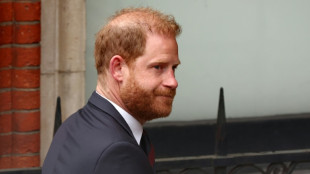
-
 Elway agent death likely accidental: report
Elway agent death likely accidental: report
-
Turkish Cypriots protest new rule allowing hijab in school

-
 Germany's AfD dealt blow with right-wing extremist label
Germany's AfD dealt blow with right-wing extremist label
-
Trump NASA budget prioritizes Moon, Mars missions over research
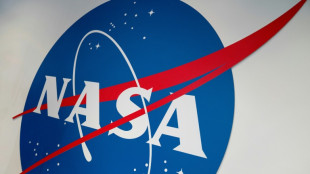
-
 Hard-right romps through UK polls slapping aside main parties
Hard-right romps through UK polls slapping aside main parties
-
Rangers hire two-time NHL champion Sullivan as coach
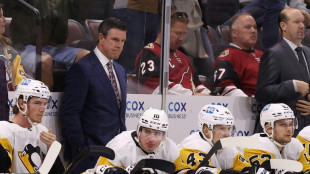
-
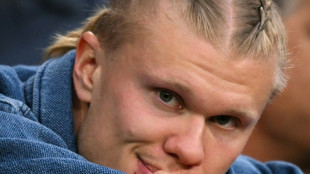 Haaland on bench for Man City as striker returns ahead of schedule
Haaland on bench for Man City as striker returns ahead of schedule
-
US designates two Haitian gangs as terror groups


Webb begins hunt for the first stars and habitable worlds
The first stunning images from the James Webb Space Telescope were revealed this week, but its journey of cosmic discovery has only just begun.
Here is a look at two early projects that will take advantage of the orbiting observatory's powerful instruments.
- The first stars and galaxies -
One of the great promises of the telescope is its ability to study the earliest phase of cosmic history, shortly after the Big Bang 13.8 billion years ago.
The more distant objects are from us, the longer it takes for their light to reach us, and so to gaze back into the distant universe is to look back in the deep past.
"We're going to look back into that earliest time to see the first galaxies that formed in the history of the universe," explained Space Telescope Science Institute astronomer Dan Coe, who specializes in the early universe.
Astronomers have so far gone back 97 percent of the way back to the Big Bang, but "we just see these tiny red specks when we look at these galaxies that are so far away."
"With Webb, we'll finally be able to see inside these galaxies and see what they're made of."
While today's galaxies are shaped like spirals or ellipticals, the earliest building blocks were "clumpy and irregular," and Webb should reveal older redder stars in them, more like our Sun, that were invisible to the Hubble Space Telescope.
Coe has two Webb projects coming up -- observing one of the most distant galaxies known, MACS0647-JD, which he found in 2013, and Earendel, the most distant star ever detected, which was found in March of this year.
While the public has been enticed by Webb's stunning pictures, which are shot in infrared because light from the far cosmos has stretched into these wavelengths as the universe expanded, scientists are equally keen on spectroscopy.
Analyzing the light spectrum of an object reveals its properties, including temperature, mass, and chemical composition -- effectively, forensic science for astronomy.
Science doesn't yet know what the earliest stars, which probably started forming 100 million years after the Big Bang, will look like.
"We might see things that are very different," said Coe -- so-called "Population III" stars that are theorized to have been much more massive than our own Sun, and "pristine," meaning they were made up solely of hydrogen and helium.
These eventually exploded in supernovae, contributing to the cosmic chemical enrichment that created the stars and planets we see today.
Some are doubtful these pristine Population III stars will ever be found -- but that won't stop the astronomical community from trying.
- Anyone out there? -
Astronomers won time on Webb based on a competitive selection process, open to all regardless of how advanced they are in their careers.
Olivia Lim, a doctoral student at the University of Montreal, is only 25 years old. "I was not even born when people started talking about this telescope," she told AFP.
Her goal: to observe the roughly Earth-sized rocky planets revolving around a star named Trappist-1. They are so close to each other that from the surface of one, you could see the others appearing clearly in the sky.
"The Trappist-1 system is unique," explains Lim. "Almost all of the conditions there are favorable for the search for life outside our solar system."
In addition, three of Trappist-1's seven planets are in the Goldilocks "habitable zone," neither too close nor too far from their star, permitting the right temperatures for liquid water to exist on their surface.
The system is "only" 39 light year away -- and we can see the planets transit in front of their star.
This makes it possible to observe the drop in luminosity that crossing the star produces, and use spectroscopy to infer planetary properties.
It's not yet known if these planets have an atmosphere, but that's what Lim is looking to find out. If so, the light passing through these atmospheres will be "filtered" through the molecules it contains, leaving signatures for Webb.
The jackpot for her would be to detect the presence of water vapor, carbon dioxide and ozone.
Trappist-1 is such a prime target that several other science teams have also been granted time to observe them.
Finding traces of life there, if they exist, will still take time, according to Lim. But "everything we're doing this year are really important steps to get to that ultimate goal."
T.Ward--AMWN
